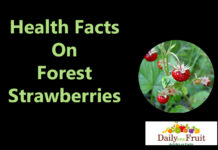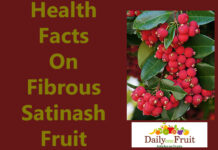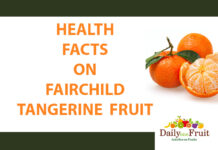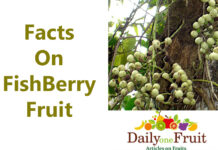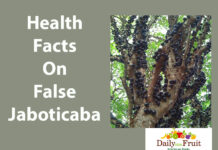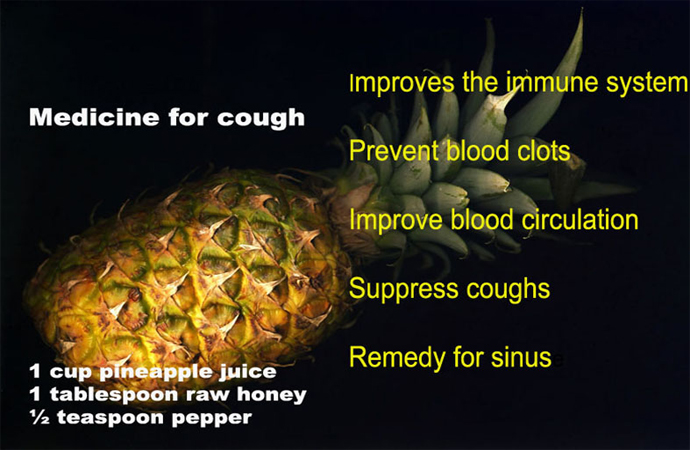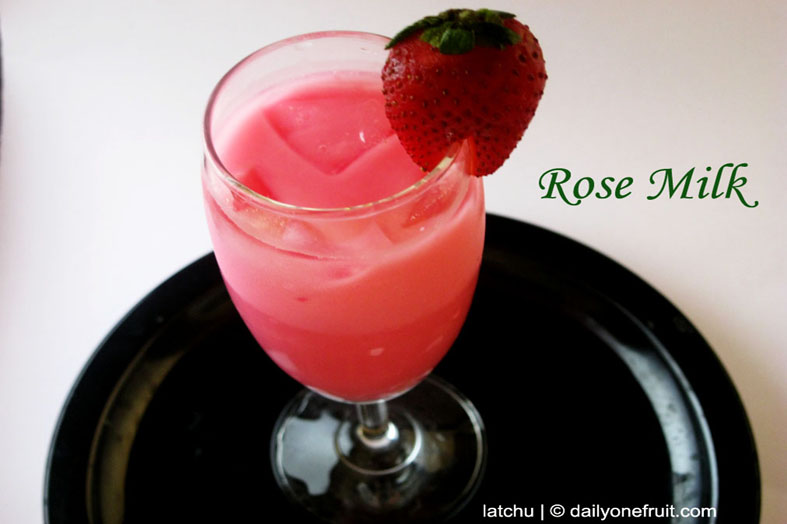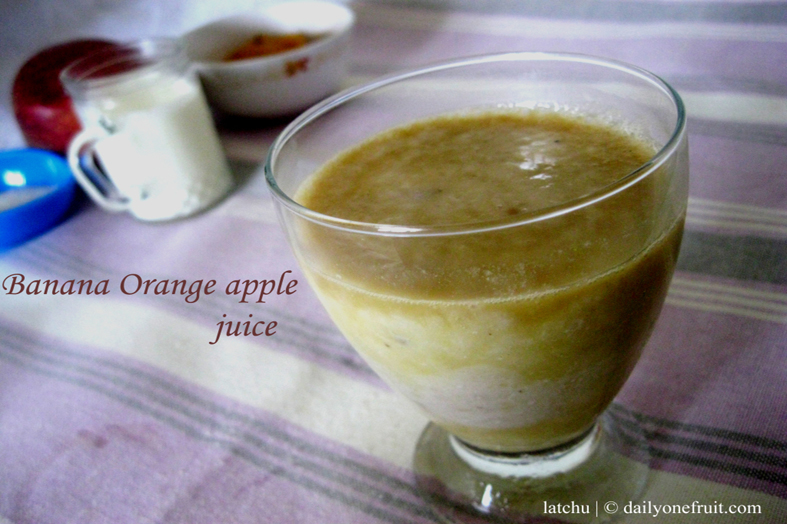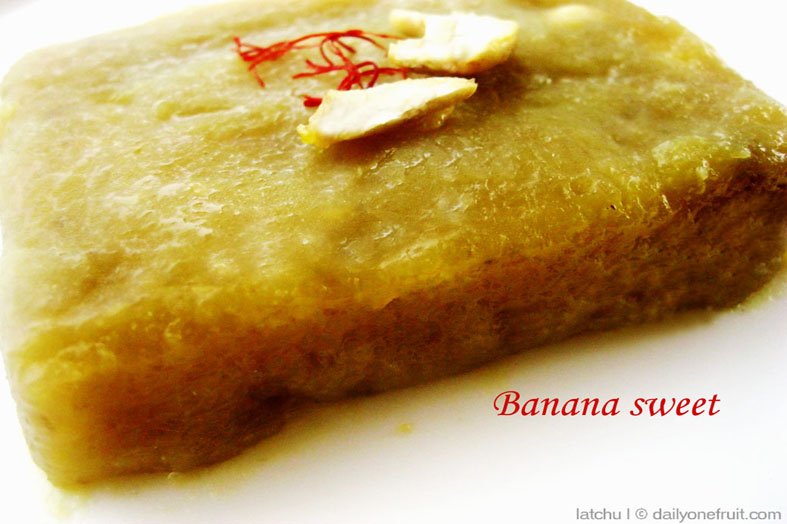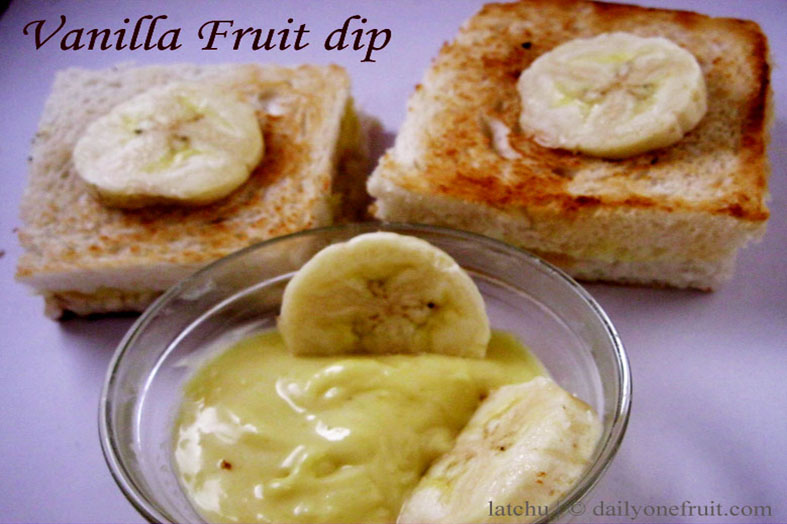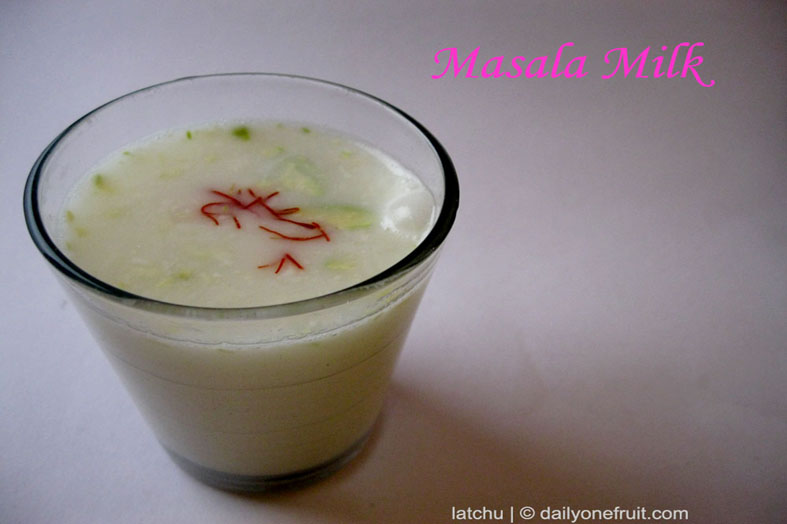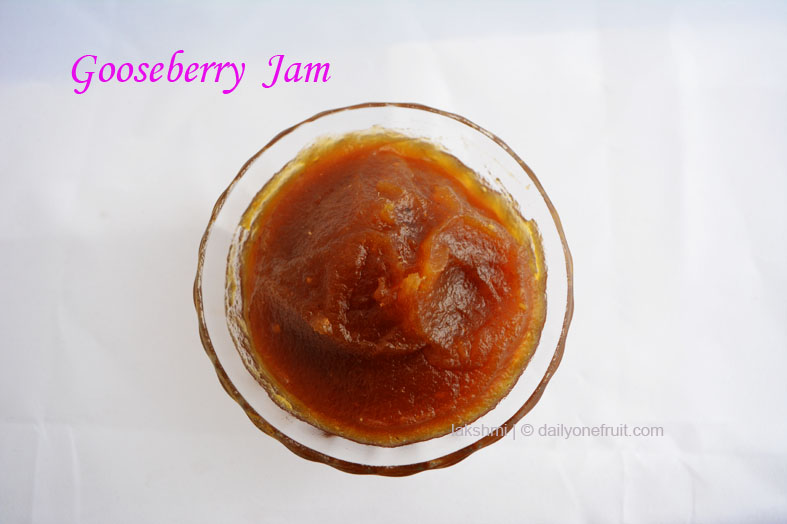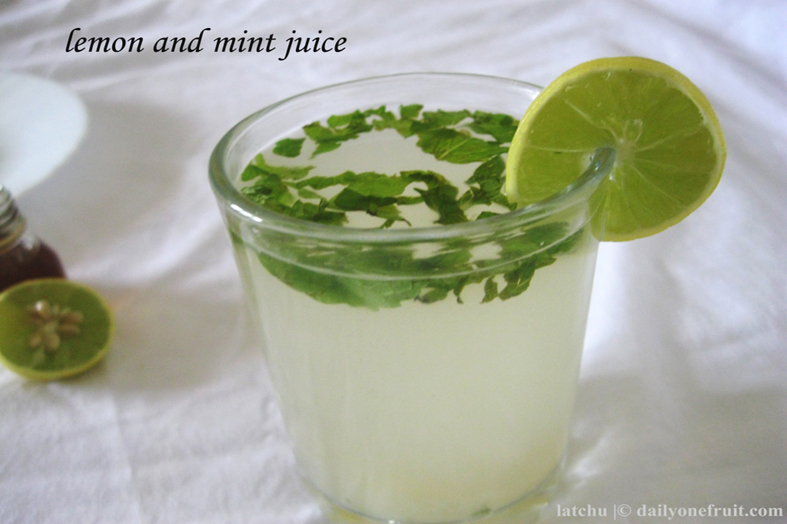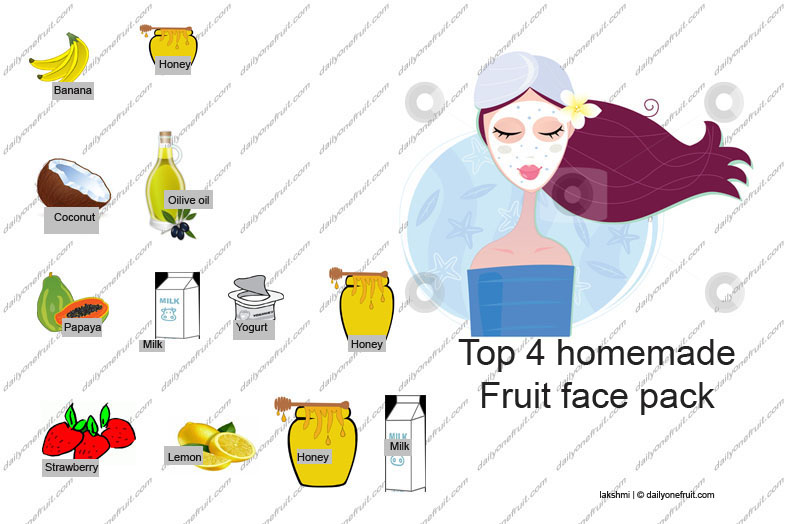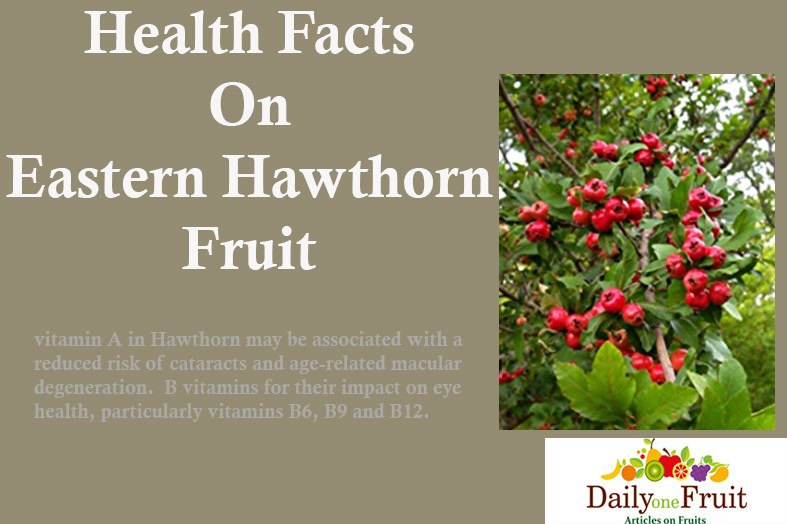
Health Facts On Eastern Hawthorn
Eastern Hawthorn is scientifically called as Crataegus rhipidophylla .
ORIGIN OF EASTERN HAWTHORN
Crataegus is a genus of several hundred species of shrubs and trees in the family Rosaceae, native to temperate regions of the Northern Hemisphere in Europe, Asia, North Africa, and North America.
The name “hawthorn” was originally applied to the species native to northern Europe, especially the common hawthorn C. monogyna, and the unmodified name is often so used in Britain and Ireland.
OTHER NAMES OF EASTERN HAWTHORN
Hawthorn, quickthorn, thornapple, May-tree, whitethorn, Mayflower, Hawberry .
APPEARANCE OF EASTERN HAWTHORN
The fruit, sometimes known as a “haw”, is berry-like but structurally a pome containing from one to five pyrenes that resemble the “stones” of plums, peaches, etc., which are drupaceous fruit in the same subfamily.
TASTES OF EASTERN HAWTHORN
The juicy fruit has an acidic flavour and leaves a pleasant after taste.
These nutrient-rich berries have a tart, tangy taste and mild sweetness. They range in colour from yellow to dark red .
VARIETIES OF EASTERN HAWTHORN
There are currently three recognized varieties:
• C. rhipidophylla Gand var. rhipidophylla
• C. rhipidophylla var. lindmanii (Hrabetová) K.I.Chr
• C. rhipidophylla var. kutahyaensis Dönmez
C. rhipidophylla var. ronnigeri (K. Malý) Janjić has been suggested to be used as a valid name for C. rhipidophylla var. lindmanii. Another synonym is Crataegus lindmanii Hrabětova
C. rhipidophylla var. lindmanii can be recognized by its erect or suberect sepals crowning the fruit.
The plant is parent to hybrids (see table). C. × macrocarpa (with C. laevigata) and C. × subsphaericea (with C. monogyna) are intermediates in terms of size and form between the parent species. C. × subsphaericea is found outside the range of its parents.
NUTRITIONAL CONTENTS OF EASTERN HAWTHORN
• Calories: 105
• Total Fat: 4 g
• Sodium: 42 mg
• Saturated: 2 g
• Cholesterol: 9 mg
• Total Carbs: 13 g
• Dietary Fibre: 2 g
• Protein: 4 g
• Sugars: 9 g
Health Facts On Eastern Hawthorn
Fortifies Bone Health: Calcium, vitamin D and magnesium present in Hawthorn are key bone health nutrients that require special attention to ensure that meet our daily requirement. These Vitamin A Influences osteoblasts (bone-building cells) and osteoclasts (bone breaking down cells).
Eradicate Cancer: The Hawthorn with Ellagic acid, tannins and anthocyanins and other polyphenols have been focused on their anti-cancer, antioxidant and anti-viral effects.
Uplifts Vision Health: vitamin A in Hawthorn may be associated with a reduced risk of cataracts and age-related macular degeneration. B vitamins for their impact on eye health, particularly vitamins B6, B9 and B12.
Boosts Immune System: Hawthorn with rich Antioxidants like Vitamin C ,protect tissues from their destructive action and increase the effectiveness of the immune system. Hawthorn fruits provide a significant number of antioxidants, besides vitamins and minerals.
Rejuvenates Skin Health: Flavanols in Hawthorn boost the melanocytes in our skin. They interfere with the protein expression of melanogenic enzymes, strengthen the cells and scavenge intracellular ROS.
Anti- Inflammatory Properties: Another beneficial compound found in both the Hawthorn leaves and the Hawthorn fruit is called as myricetin. This flavonoid has very strong anti-inflammatory effects.
Supports Liver Function: Vitamin C in Hawthorn is an good antioxidant that helps to neutralize molecules known as free radicals, also helps to limit fat accumulation in the liver and prevent fatty liver disease.
Maintains Heart Health: The Hawthorn berries have an unusually high content of antioxidants, such as vitamin C. Potassium is found in Hawthorn help to maintain normal levels of fluid inside our cells.
Aids Digestion: Hawthorn with Iron supports the good bacteria in the gut. Selenium enhances the gut’s response to inflammation. A lack of selenium has been proven to increase stress and inflammation, leading to potential damage to the lining of the gut which causes leaky gut.



